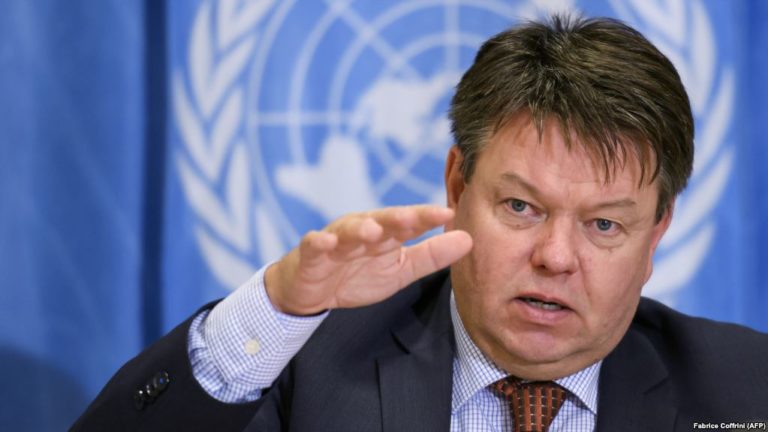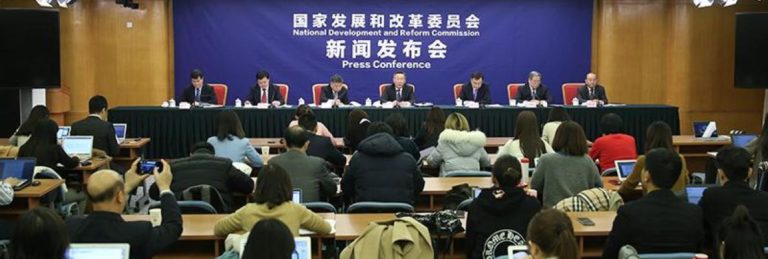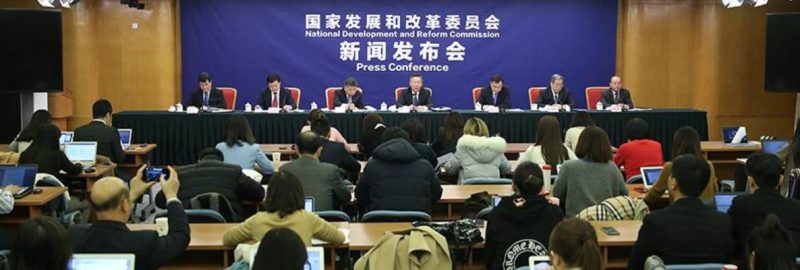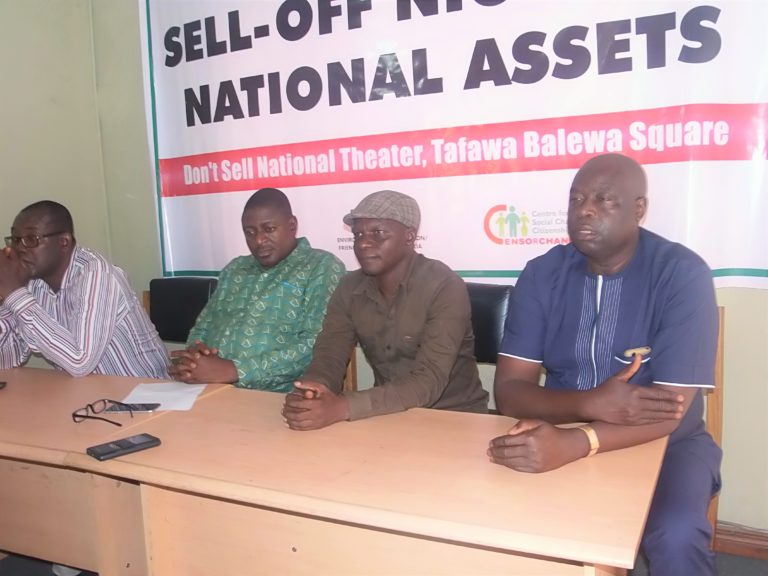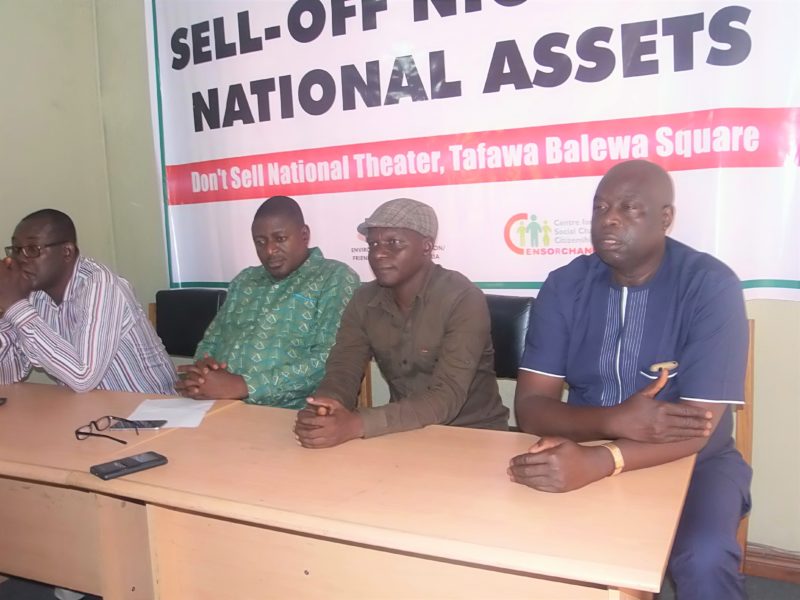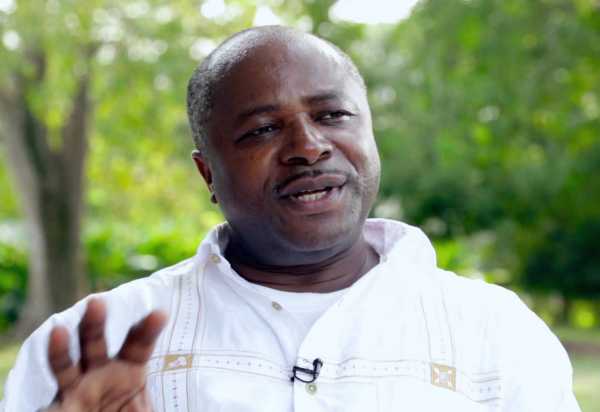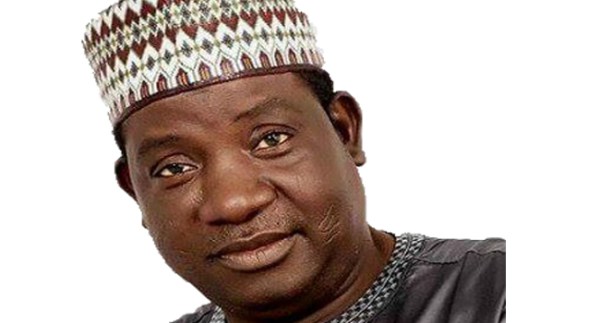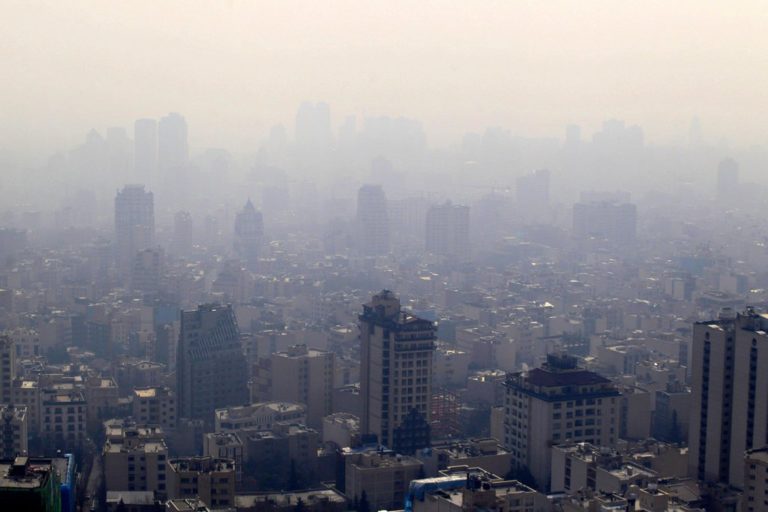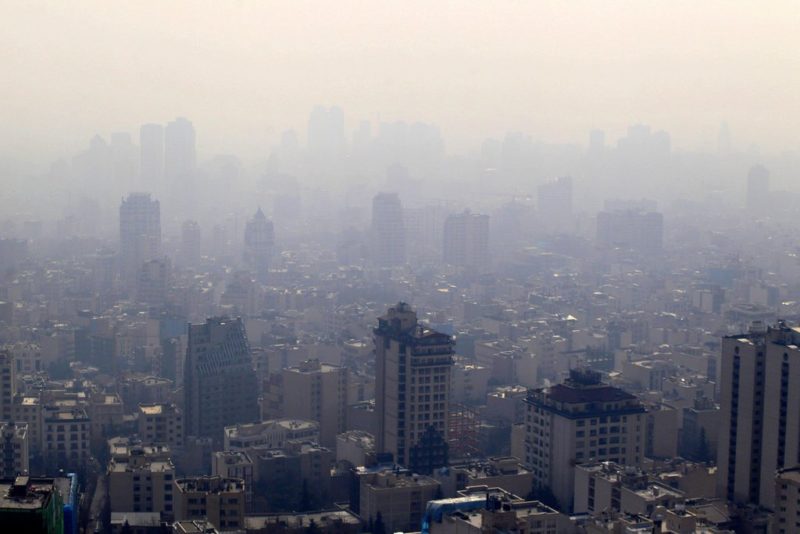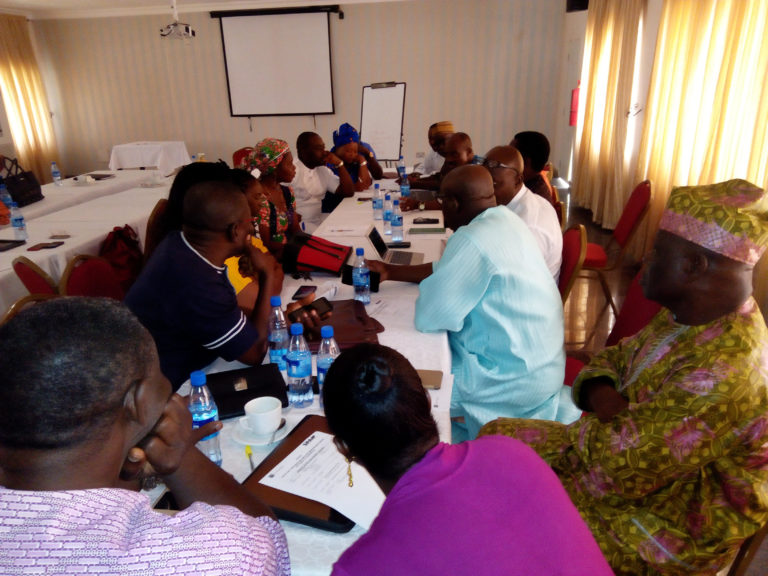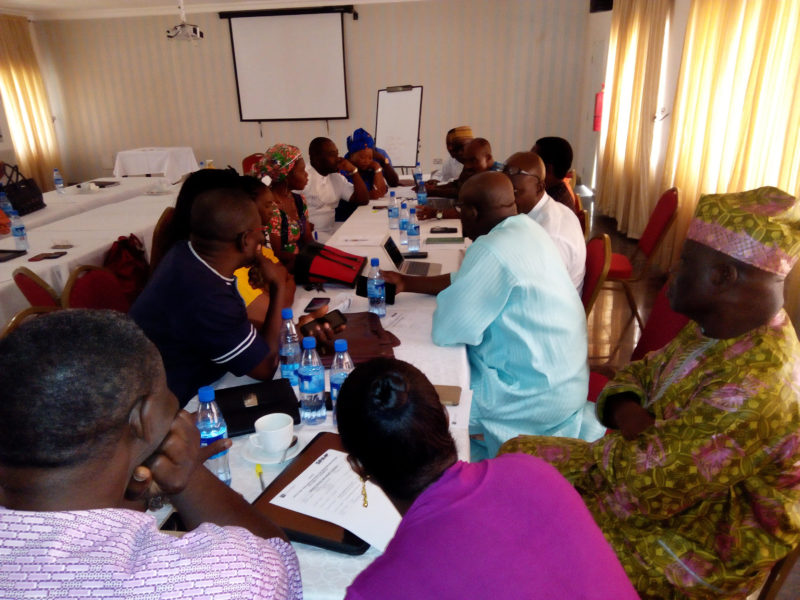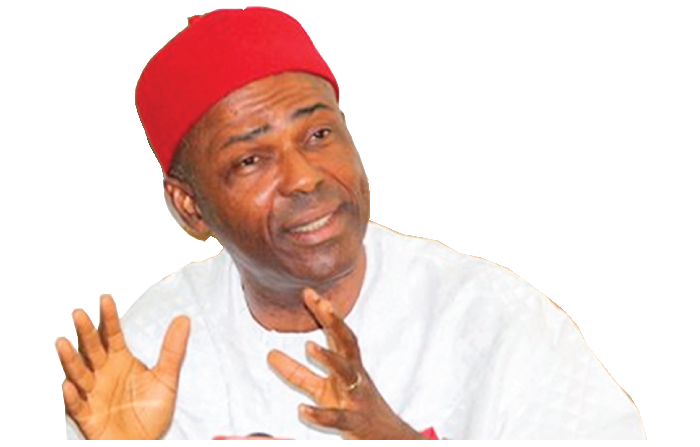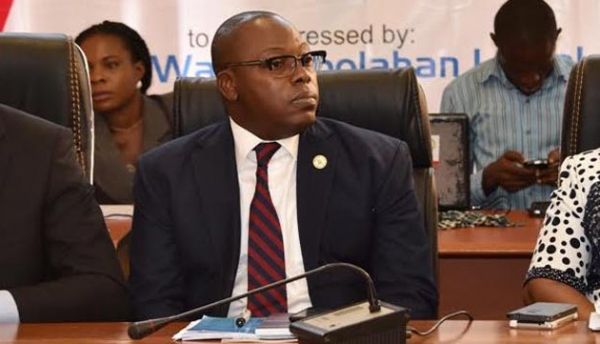The 2017 global land and ocean temperature will likely end among the three warmest years on record, and is expected to be the warmest year without a warming El Niño.
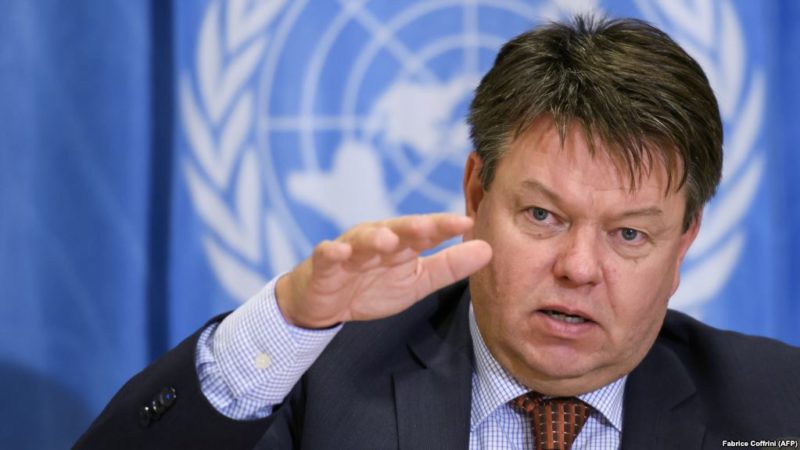
The first 11 months of the year were the third warmest on record, behind 2016 and 2015, with much-warmer-than-average conditions engulfing much of the world’s land and ocean surfaces, according to the US National Oceanic and Atmospheric Administration (NOAA). Arctic and Antarctic sea ice coverage remain at near record lows.
NASA’s Goddard Institute for Space Studies (GISS) and the European Centre for Medium Range Weather Forecasts (ECMWF) Copernicus Climate Change Service said the past meteorological year (December 2016 to November 2017 is the second warmest on record.
“What is more important than the ranking of an individual year is the overall, long-term trend of warming since the late 1970s, and especially this century,” said World Meteorological Organisation (WMO) senior scientist, Omar Baddour. “Along with rising temperatures, we are seeing more extreme weather with huge socio-economic impacts,” he said.
The WMO will combine datasets from NOAA, NASA GISS, and the Met Office Hadley Centre and Climatic Research Unit (UK) for a consolidated temperature ranking for 2017. WMO uses data from ECMWF and Japan Meteorological Agency, and reanalyses with a much wider range of input data, including measurements from satellites. They provide better coverage of regions, such as polar regions, where observations are historically sparse.
The consolidated global figure harmonises the datasets, which show different results because of the way they represent the relatively warm conditions that have predominated over both the Arctic and the Antarctic. Differences in estimates of sea-surface temperature are a further factor.
NOAA said the month of November was the fifth warmest on record, whilst NASA and ECMWF Copernicus Climate Change Service both said it was the third warmest.
La Niña conditions prevailed across the tropical Pacific Ocean during November 2017. According to WMO’s latest Update, weak La Niña conditions are expected to persist through the Northern Hemisphere winter.
During November 2017, warmer-than-average temperatures dominated across much of the world’s land and ocean surfaces, with the most notable temperature departures from average across the Northern Hemisphere. Parts of the western contiguous U.S., northern Canada, northern and western Alaska, western Asia and Far Eastern Russia had temperature departures from average that were +2.0°C (+3.6°F) or greater, according to NOAA.
Arctic warming
As an indication of swift regional climate change in and near the Arctic, the average temperature observed at the weather station at Utqiaġvik has now changed so rapidly that it triggered an algorithm designed to detect artificial changes in a station’s instrumentation or environment and disqualified itself from the NCEI Alaskan temperature analysis.
The omission was noticed by the National Centres for Environmental Information (NCEI), which realised that data from Utqiaġvik, Alaska, had been missing for all of 2017 and the last few months of 2016.
Utqiaġvik (pronounced OOT-ki-aag’-vik) sits near Point Barrow, the northernmost point in America, on the Arctic Coast of northern Alaska. Now recognised by its Iñupiat place name, it is still commonly known as “Barrow”.
Elsewhere in the Arctic, a separate analysis from the ECMWF Copernicus Climate Change service said that November’s temperature was more than 6°C above average in parts of Svalbard, as it was in October.
Arctic temperatures continue to increase at double the rate of the global temperature increase.
A NOAA-sponsored report shows that the warming trend transforming the Arctic persisted in 2017, resulting in the second warmest air temperatures, above average ocean temperatures, loss of sea ice, and a range of human, ocean and ecosystem effects.
Now in its 12th year, the Arctic Report Card, is a peer-reviewed report that brings together the work of 85 scientists from 12 nations.
“While 2017 saw fewer records shattered than in 2016, the Arctic shows no sign of returning to the reliably frozen region it was decades ago,” said the Arctic report card.
A separate report, published in the “Bulletin of the American Meteorological Society” (BAMS), said that last year’s record global average temperatures, extreme heat over Asia, and unusually warm waters in the Bering Sea would not have been possible without human-caused climate change.
“This report marks a fundamental change,” says Jeff Rosenfeld, editor-in-chief of BAMS. “For years scientists have known humans are changing the risk of some extremes. But finding multiple extreme events that weren’t even possible without human influence makes clear that we’re experiencing new weather, because we’ve made a new climate.”

